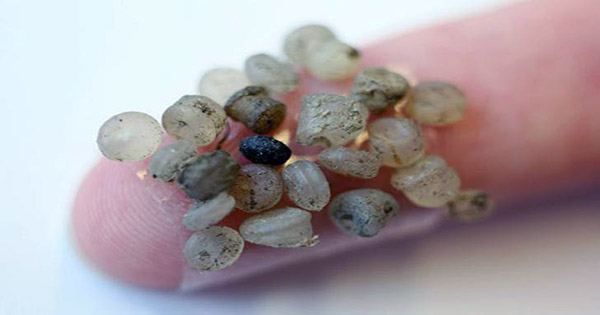Microplastics, notorious as pollutants, reached the bottom of the ocean and even found their way into the stomachs of marine animals, including sharks. A new study published in the journal Environmental Pollution shows how the presence of Microplastics in shrimp has affected animal health, and somewhat surprisingly, it seems to have no effect. They also investigated the effects of Microplastics on human consumption and concluded that shrimp should not be considered a contaminant of concern when using plastics.
A team from the University Autònoma de Barcelona (UAB) first analyzed samples of deep-sea shrimp (Aristeus antennatus) to see how many were contaminated by Microplastics. The results show that three out of every four shrimps contain synthetic fiber in their digestive tract. For this half of the contaminants, the fibers accumulated and tangled into balls of significant size inside their abdomen. They were also affected by the fact that shrimp taken from the coast of Barcelona has much more fiber than shrimp in other fishing zones.
The effect on shrimp health, however, was not clear, and even animals with large fibers in their stomachs showed no signs of deteriorating health. The researchers analyzed shrimp limbs for signs of tissue damage but found that those limbs in direct contact with the fibers also showed no signs of injury.
Researchers have speculated that it may be able to shed accumulated fibers in animals for routine exoskeleton sheds. Human health investigations have also yielded positive results, showing that shrimps have a much lower risk for those who eat them because of their small deposits, and that shrimp have the presence of their heads in their stomachs – most people withdraw these body parts before eating them.
Study researcher and UAB lecturer Ester Carreras said in a statement, “Eating shrimp is by no means a polluting agent that makes us anxious.” “Other studies have shown that feeding microplastics to shrimp is much lower than the amount of fiber that enters our bodies, such as with plastic packaging or environmental pollution, or through synthetic fibers in clothing and dust, which inevitably ends up on our plates.” The team hopes to study the same contaminants in common commercial fish such as red malt, surmullet, and anchovies, how the effects of microplastics differ between both animals and those who take them.
















